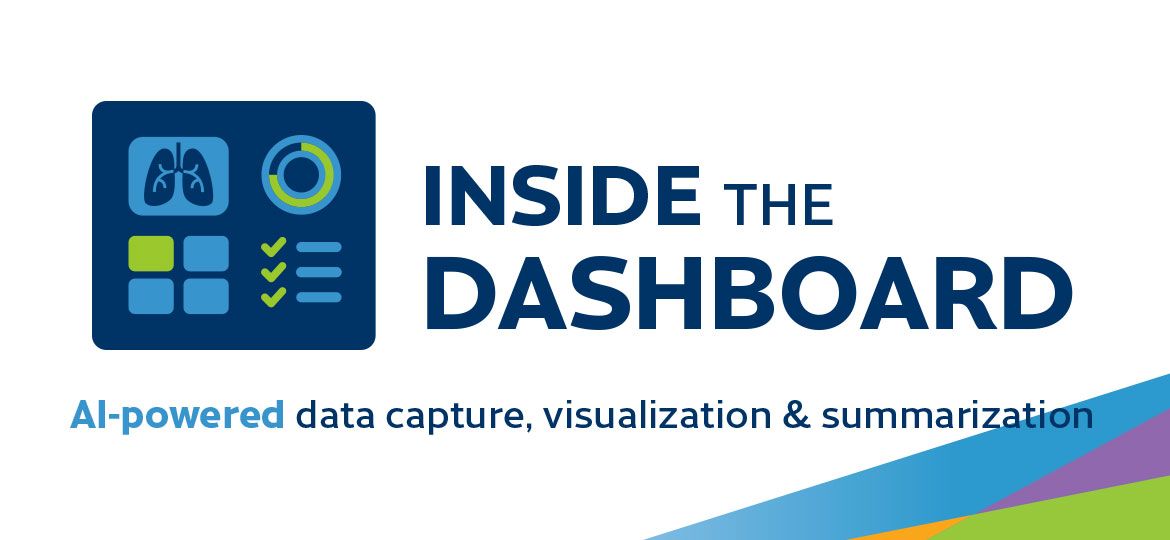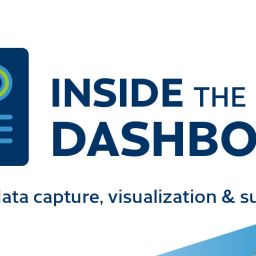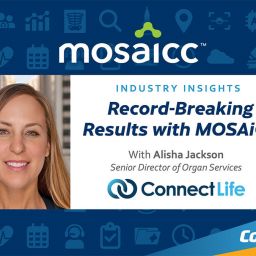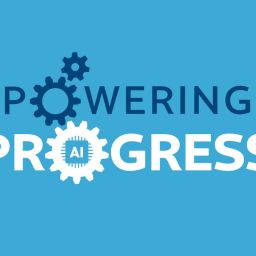
This post is part of a four-part series exploring how OPOs are using CompuMed’s AI-powered data capture, visualization and summarization innovation to improve lung donor management. Each blog highlights a different way this first-of-its-kind tool helps the right information reach the right decision-makers in real-time. In this installment, we take a closer look at the platform’s data capture capabilities and how they’re designed to reduce delays, eliminate noise and build trust in the data.
When evaluating donor lungs, time is always in short supply, with complex and critical data to gather and act upon. For Alisha Jackson, director of organ services at ConnectLife in Western New York, having the right tools to support her team through fast-moving decision-making is essential.
In March 2025, Alisha and her colleagues began to pilot CompuMed’s first-of-its-kind donor management communication innovation. The AI-powered platform was designed to help OPO teams better share the right information with key clinical decision-makers, such as AOCs, medical directors or consulting physicians, in real-time through data capture, consolidation and visualization tools.
Within weeks, the platform helped ConnectLife improve lung donor case communication and streamline decision-making, sometimes making the difference between an organ declined and an organ transplanted.
Two Lung Donor Cases, Two Successful Transplants
During a standing-room-only breakout session at the 2025 AOPO Annual Meeting, Alisha shared two cases where CompuMed’s dashboard – and the AI-generated summary it produces – played a key role in helping her team move from uncertainty to successful lung transplants.
Case 1:
48-Year-Old Female Donor
In the case of a 48-year-old patient, the platform’s AI summary initially painted a less-than-favorable picture for lung donation. But its synthesized data and visual indicators helped the ConnectLife team quickly distinguish between modifiable and non-modifiable factors affecting the potential donor’s lungs.
“We assigned a coordinator to focus solely on lung management,” said Alisha. “Our PF ratio started at 129. By the end of the case, it was 347.”
“We actually exhausted the entire lung list,” she added. “We went back through and started isolating aggressive transplant centers that might be interested, had conversations and successfully transplanted these lungs.”
Case 2:
60-Year-Old DCD Donor
In the second case, what would become ConnectLife’s oldest DCD lungs transplanted to date, initial PF ratios again didn’t look promising. But the AI summary helped the AOC feel confident about taking the next steps.
“Once we started donor management, PF ratios quickly rose above 300 and stayed there,” shared Alisha. “This was another case where we exhausted the lung list but went back through and started calling centers again to say that we weren’t giving up. We were able to successfully transplant these lungs, and we credit this to being able to leverage partnerships and feel confident in the information presented by this platform.”
A New Approach to Donor Lung Management
Both outcomes were made possible in large part by faster, clearer communication and improved donor management workflows, all powered by the new dashboard. It is designed to help OPOs utilize AI to extract, synthesize and summarize key clinical details gathered using data capture tools, including from unstructured data, such as images, so that their teams can quickly zero in on the most relevant information. Its features include:
- Secure, versatile data capture: via mobile photos, direct uploads, screencasts and more
- Customizable lung evaluation checklist: to standardize the information collected
- Data progress indicators: so coordinators can easily confirm all required data has been submitted
- Real-time AI summaries: to highlight donor characteristics and a timeline of donor management
More Confidence, Fewer Follow-Ups
Before adopting the dashboard, Alisha’s team relied on in-house checklists to gather and share case data. But even with these processes in place, physicians often had follow-up requests for additional information.
That’s where CompuMed’s platform made a significant difference.
“These tools help us reduce fragmented communication,” Alisha noted during the AOPO presentation. “Previously, our physician consultant would ask a question, and a coordinator would provide information, but maybe they would skip a ventilator picture or forget to take a picture of the X-ray. What we found when using this platform is that you can see on a graph what you’re missing and follow the case from A-Z so that everyone is working from the same complete picture.”
The platform’s AI-generated summary has quickly become one of the team’s most valuable tools.
“For instance, we can send a single text message to say, ‘Your AI summary is up and ready to read,’” said Alisha. “Our physician consultant can take 20 to 30 minutes to read through that AI summary and have a response back to our coordinator that is very clear in every step that needs to be taken during donor management. It really streamlined our communication and reduced the messages going back and forth.”
Final Thoughts:
A Timesaving, Decision-Supporting Platform
For Alisha Jackson and her team at ConnectLife, the dashboard has been a timesaving, decision-supporting platform that improves donor lung management and ultimately helps save more lives.
“We’ve gone from fragmented communication to streamlined decision-making,” says Alisha. “It’s allowed our team to be more confident, coordinated and effective in honoring our lung donor heroes.”
Ready to see if CompuMed’s donor management dashboard can help your OPO improve lung donor management? Contact our team to learn more or schedule a demo.
Explore More from This Series:




